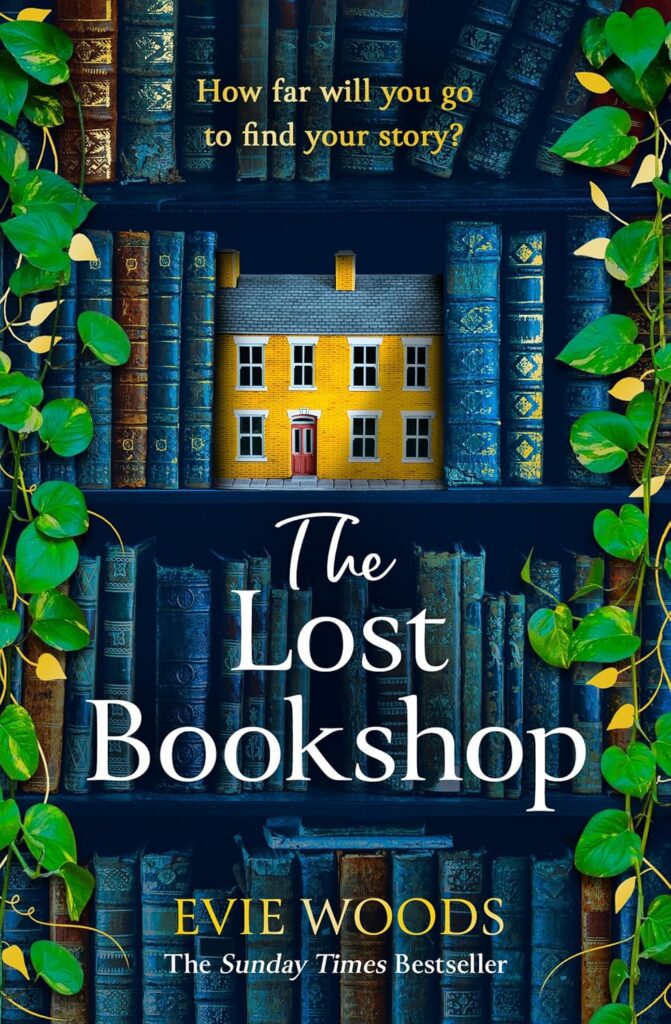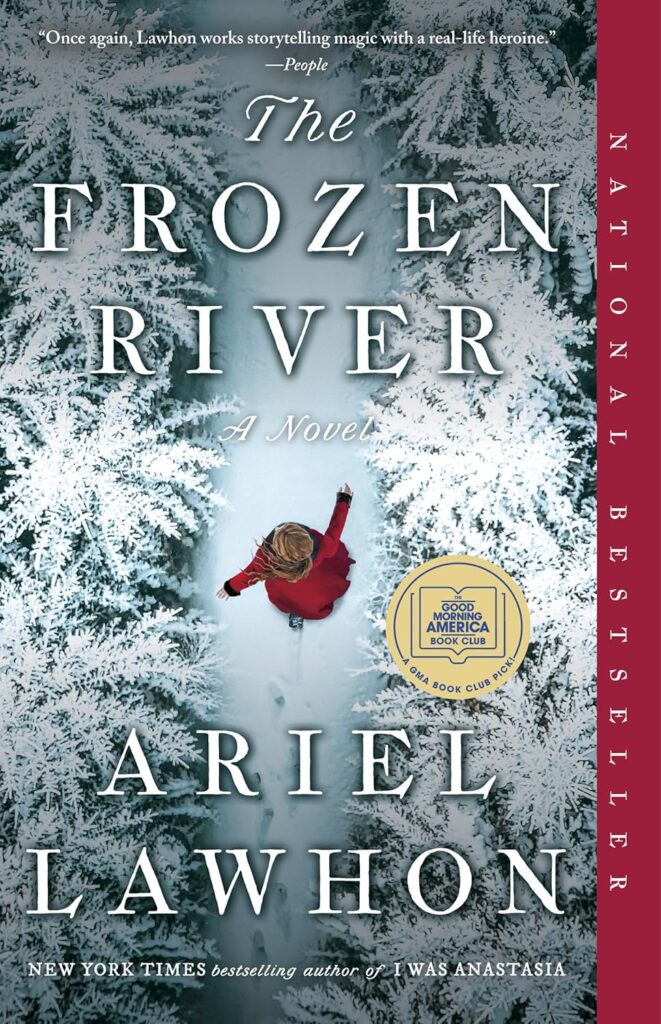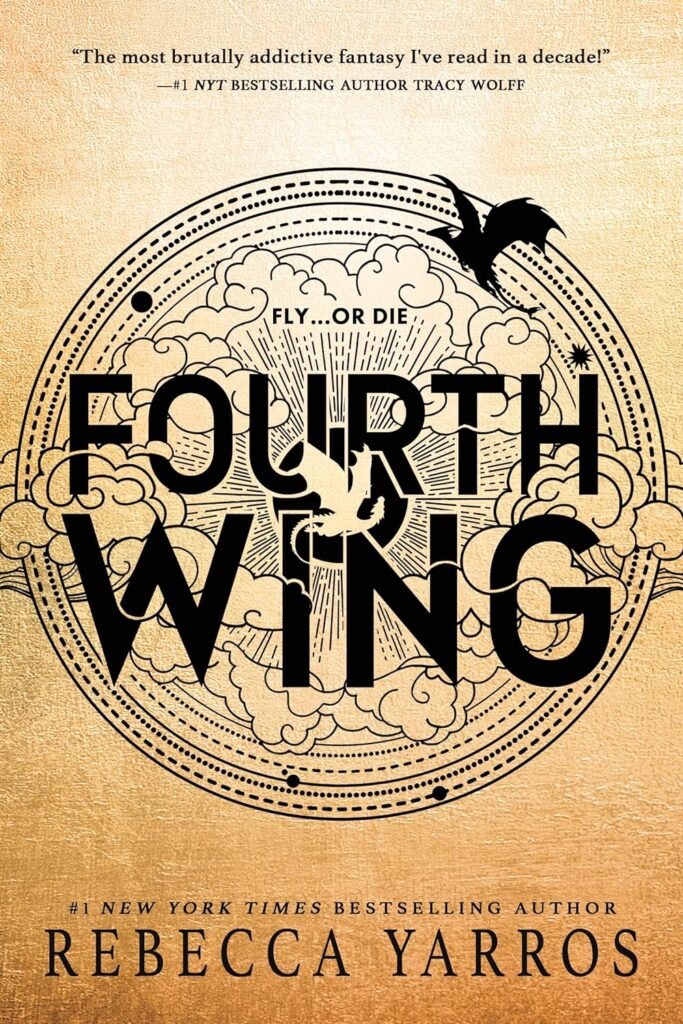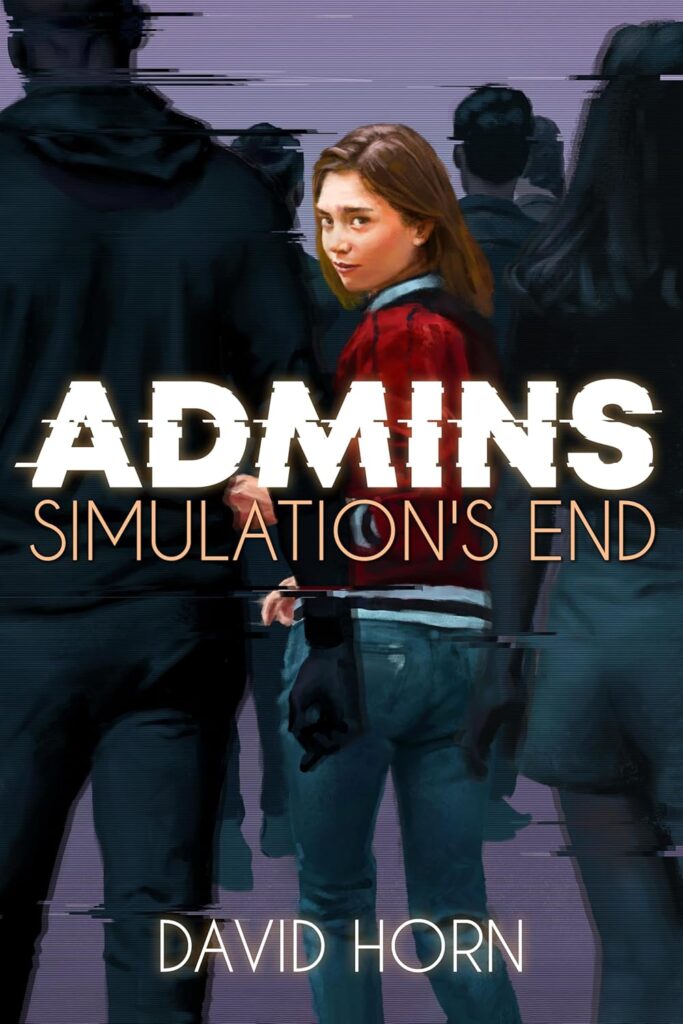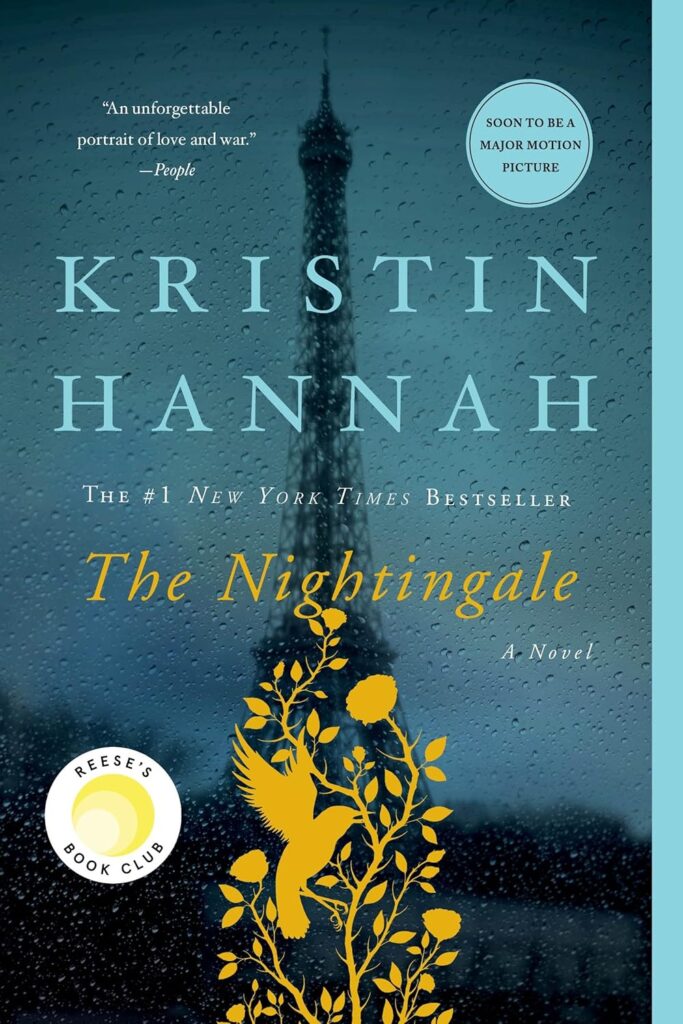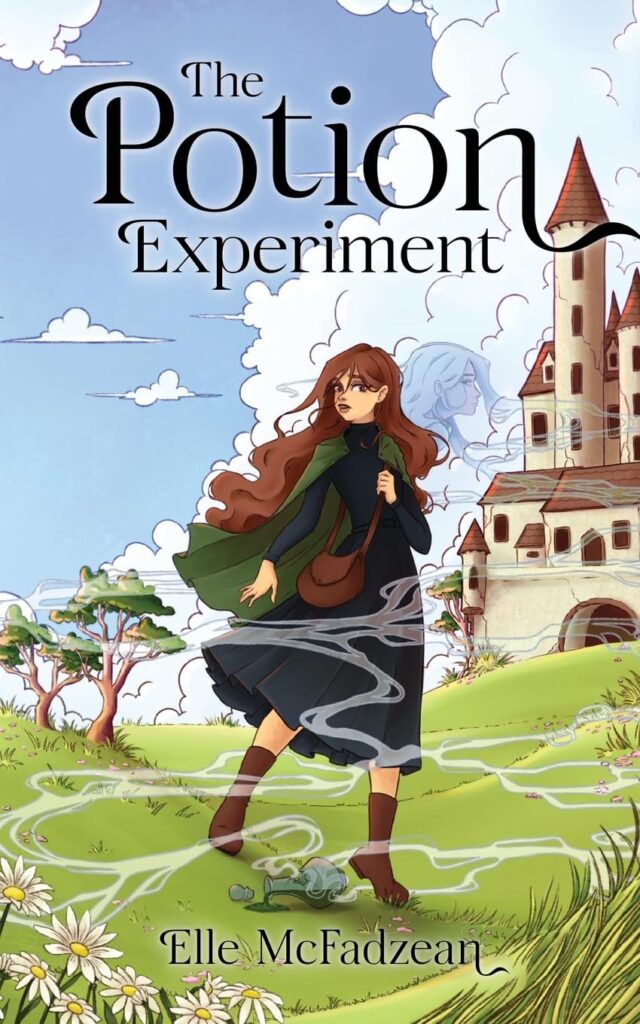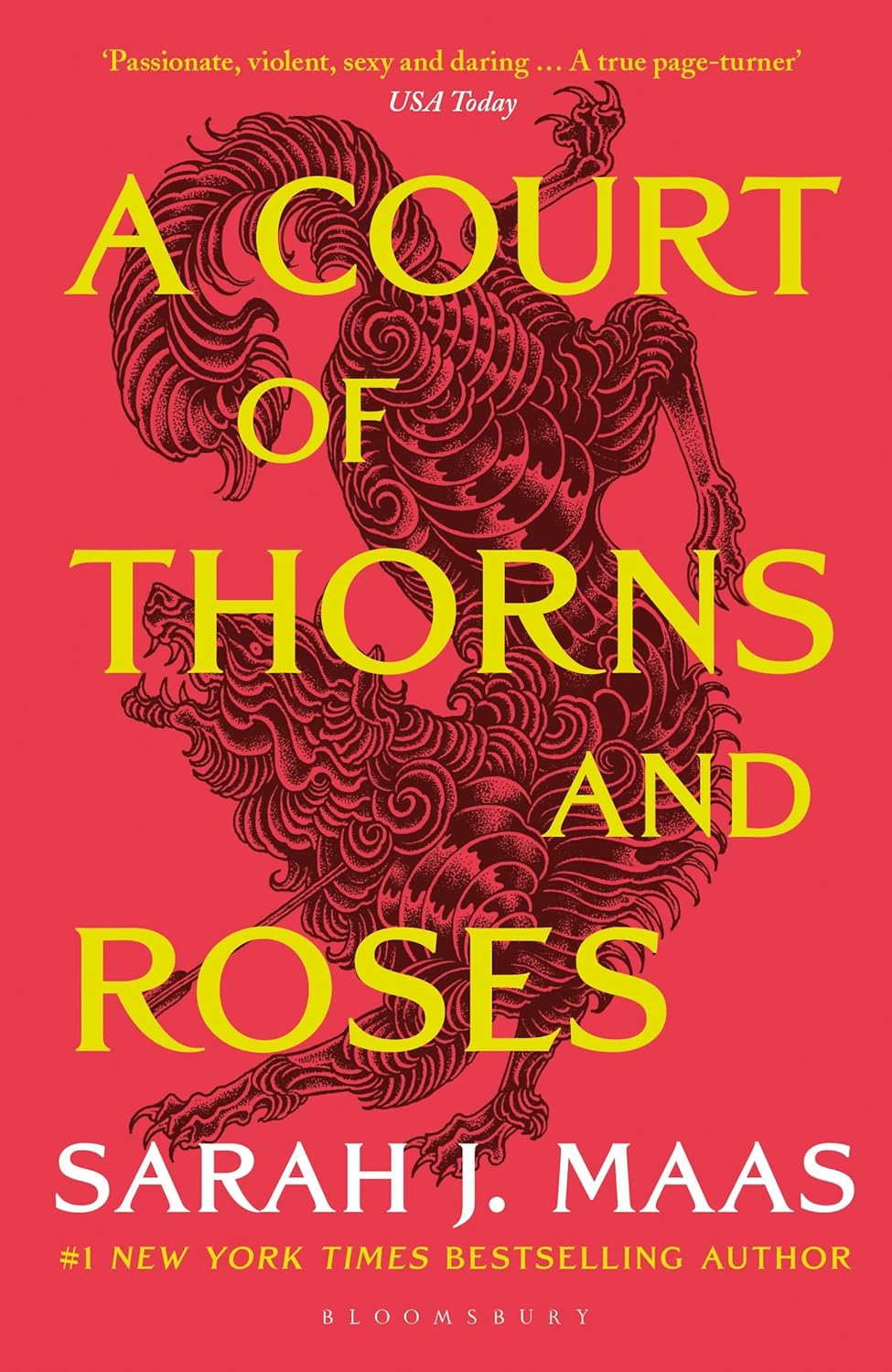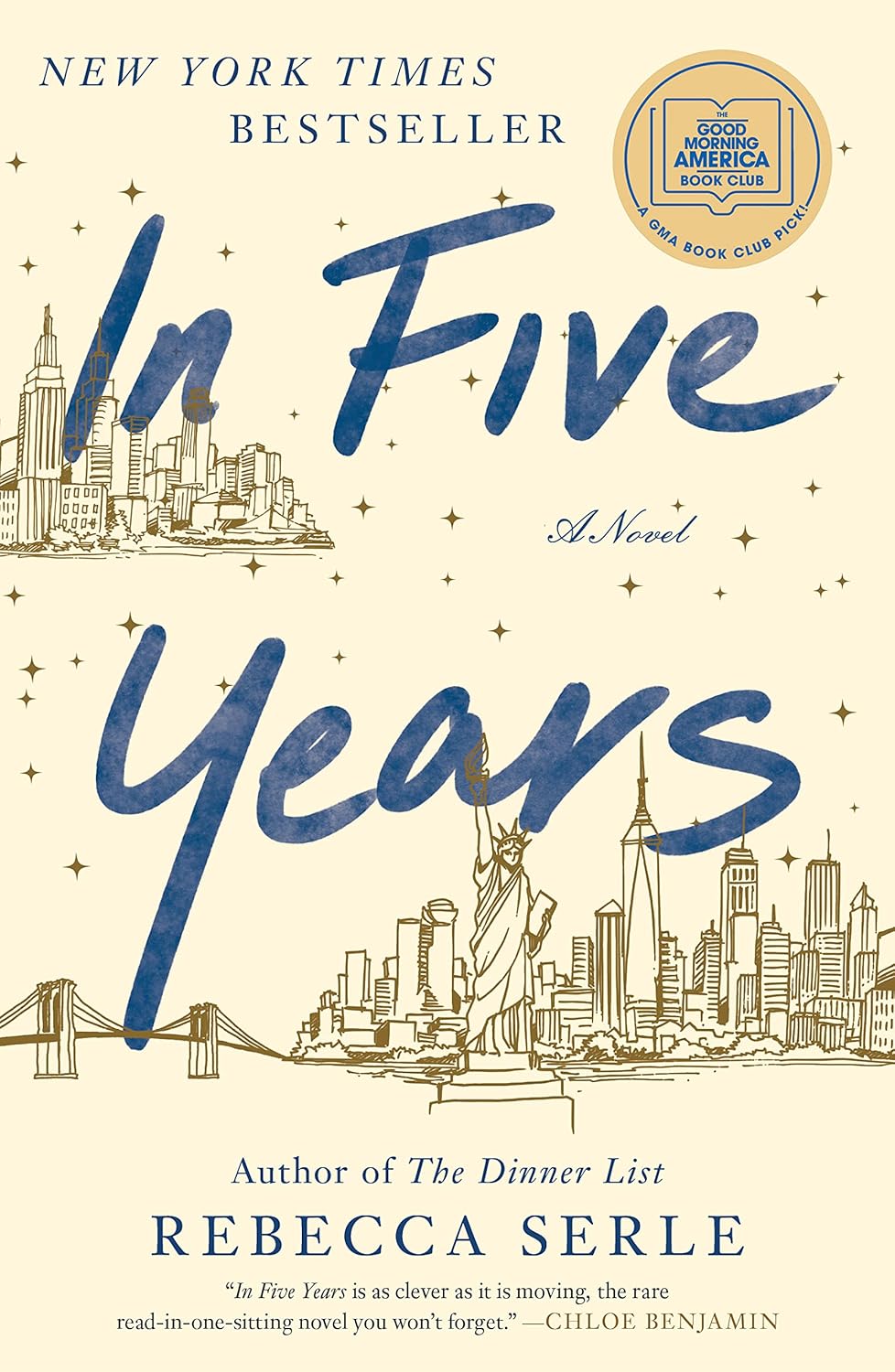Sarah J. Maas had already been climbing the ranks of young adult fantasy with her Throne of Glass series when A Court of Thorns and Roses first debuted in 2015. And yet, of all, ACOTAR was radical change — a lush, romance-infused retelling of Beauty and the Beast that also deeply incorporates elements of Tam Lin and features wider faerie mythology.
In the alluring but dangerous land of Prythian, Feyre Archeron is a human girl who is forced to enter a terrifying world of immortal fae, where she will discover love, adventure and her own powers.
On its 416 pages, ACOTAR establishes the foundation for what would become a world-wide phenomenon among fans and controversy among critics.
This review dives deep into all aspects of the book — detailed plot summary and character exploration, world-building discussion, theme analysis, and discussion of stylistic elements — while analyzing it in relation to Maas’s oeuvre and the contempory romantasy genre.
We will break down the soaring highs and the crash-and-burn lows of ACOTAR, and examine how it manages to keep readers so spellbound almost ten years later. This analysis will hopefully shed some light on the magic and messiness of Maas’s series opening, whether you are new to the universe or not.
The Story: A Tale of Captivity and Courage
In one of the most dark, unknown human worlds begins ACOTAR where 19-year-old huntress Feyre Archeron struggles to survive in order to support her family that is already broken.
Feyre has no idea that her bow and arrow will need to be used in order to provide food for her family—her ever-defeated father who has not recovered from his loss of fortune and her sisters, Nesta and Elain, who have lost their ambition altogether, as Nesta becomes embittered and Elain remains passive.
Their lands clash against Prythian, a faerie realm divided by a wall and an ages old treaty. One day, Feyre slays a wolf in the woods, and discovers it was really a faerie in disguise. With this single act, she sets in motion events that will change her life.
Enter Tamlin, a High Fae lord of the Spring Court, who barges into Feyre’s cottage, demanding retribution. While the treaty states that her crime deserves death, Tamlin offers her a different solution: live with him in Prythian forever.
Despite her reluctance, Feyre acquiesces, and she is brought to his estate: a vast mansion with vineyards bursting with flowers, and the striking quiet. A prisoner narrative that gradually transforms into a mystery.
Tamlin is cursed, his powers hidden, and over all of Prythian hangs the ominous presence of a shadowy tyrant, Amarantha, from her lair Under the Mountain.
This story is structured around three acts. Feyre getting accustomed to her new life and butting heads with Tamlin’s envoy, Lucien, but starting to take a shine to the brooding lord himself.
The second act where strange creatures overrun the estate and Feyre first sees how dire the curse is before she takes an all too short trip back to the human realm to gather what is left of her life.
The third act literally explodes when Feyre decides to fight Amarantha, following a series of tests – riddles, battle type and ultimately heart – to win the bond and undo the curse on Tamlin’s court. The elevation is a wave of downfalls and victories, ultimately solidifying Feyre’s progression from victim to hero.
The fairy tale background of the plot comes to the forefront, taking its time like Beauty and the Beast—a gradual warming-up of animosity to intense melodrama. Although the trials yield an epic payoff, things falter in the middle as Feyre grows comfortable living in faerie; the pacing at this point is frustratingly slow but the ride isn’t spoiled.
World-Building: A Realm of Wonder and Gaps
Seven courts populate the world of Prythian—Spring, Summer, Autumn, Winter, Dawn, Day and Night—all ruled by a High Lord, and the land is a tour de force of imagination.
ACOTAR turns its eye on the Spring Court, a lush land of never-ending flowers, a veritable paradise where roses hide thorny danger both physical and otherwise. Maas’s writing oozes with sensory detail: dew-glistening petals, the sharpness of wine at faerie banquets, the whisper of lurking dangers in the forest.
That vividness is what anchors the story; then Prythian is a living and breathing place.
And the rest of the world, past the Spring Court, continues to be a blur. Other courts are name-dropped but not seen — a tantalizing breadcrumb trail leading to sequels, rather than a fully realized tapestry. The human world is etched more faintly—poor, frightened, but not much of a culture.
There are glimmers of a history hinted at by the treaty and old fae-human wars, but details are scant: Prythian feels more confined to the particulars of this installment than the larger global potential.
To enter Amarantha’s domain in the Under the Mountain setting, the reader must re-visit the tone of this world as it changes radically. This dark, oppressive, full of evil, sadistic fae prison is monstrous in scale, beautiful in its monstrosity, and the stakes are that much higher than the Spring Court ever could be. Maas’s brilliance is in atmosphere, with her book perfectly balancing whimsical with worrying, but the edges of the world are a little too hazy for standalone enjoyment.
Characters: A Mixed Ensemble
The story is anchored by Feyre Archeron, a wonderfully complex blend of grit and vulnerability. The early chapters portray her as a reluctant hero — hunting to sustain a household that barely appreciates the effort.
Feyre’s impossible position is bookended by her sisters: Nesta’s cold bitterness and Elain’s flimsy ray of light, and their shallow dimensionality could easily veer into caricature. In Prythian, Feyre begins as a reluctant prisoner and transforms into a woman able to wield love and hope as weapons, ready and willing to sacrifice herself for the sake of someone else.
It humanizes her with her flaws—her stubbornness, her self-doubt—but at times, her cycles of inner monologue of guilt, or about Tamlin, grow moldy.
Tamlin — our brooding, beastly love interest — is an interesting mix. He would be a romantic come to life, with his golden hair, green eyes, and a mask that hides his cursed falsehood.
Their slow burn romance is initially gruff—he is cold, distant, resumes the role of her captor—but then softens at the edges: he teaches Feyre to read, protects her from harm. But Tamlin is one-dimensional; this warrior-prince just has a cookie-cutter backstory and a lot of his character comes off as brooding charm. He is powerful as an icon, less so as an individual, a shortcoming that stands out in hindsight.
Especially impressive is Lucien, Tamlin’s battle-damaged emissary. The banter, his tortured and tragic back-story (tortured by Amarantha for once defying her) and his evolving relationship with Feyre all make him vibrant and active and alive on the page.
Finally, there is Rhysand, High Lord of the Night Court and whose late arrival sends shockwaves through the story. Rhysand is the type of character who steals every scene with his charismatic yet cunning demeanor that drips in intrigue, and his morally grey motivations strongly hint towards a shift in the series in the future. Amarantha is a cruel, theatrical force of nature—an evil bitch incarnate—but her lust for power is a cliched evil and keeps her from truly scaring readers.
While secondary characters such as Feyre’s family and Alis, a faerie servant, have parts to play, they also lack depth, emphasizing how strongly the attention is on the main players. Not every character sings here, but the ensemble lays the foundation for the singing to come.
Themes: Love, Power, and Transformation
With a modern twist, ACOTAR grapples with timeless themes. Feyre sacrifices: for her family, for Tamlin, for his court, reiterating Beauty and the Beast to ground her actions in heroism.
A second thread is agency: Feyre grows from imprisoned pawn to fully-motivated engine of her own fate, fueled by her escape from the binds of a world that wants to restrict her spirit (a feminist consciousness that layers even deeper with books to come).
The moral texture added here challenges the assumptions about the fae, both Feyre’s (and the reader’s) reconciliation of monster and man.
The beating heart, however, is romance. If this is Feyre and Tamlin as enemy lovers, the fairy story unfolds in agonizingly slow fashion, punctuated by shared looks, poetry, spicier passages.
And the latter, comparatively, in the post-curse, can feel just a bit decadent, focusing on the heat rather than the heft. That romantic tilt splits the audience: some people savor the swoon, while some think it eclipses the fantasy. But Maas leans into tropes but somehow, they each have enough emotional weight to be interesting.
Writing Style: Vivid Yet Flawed
The writing is another signature of the Maas appeal—succinct, vivid, and punchy. Her descriptions of Prythian sing: the golden light of the Spring Court, the all-consuming gloom of the Under the Mountain.
The action scenes — especially the trials — are pleasurably frenetic, a testament to her talent for creating urgency. The dialogue ranges—Lucien and Rhysand, at their best, are sharp and witty, while Feyre and Tamlin tend to read earnestly, at times ever so achingly so.
The pacing and repetition is where the style sometimes falters. The middle act drags on with Feyre trying to get used to the new world, but too often gets bogged down in the same thoughts about her family or Tamlin’s good looks.
Misplaced descriptors—”growled,” “velvet”—and a little bit of melodrama (for one, Feyre’s overwrought pronouncements) keep it “” from being truly “” polish. Yet Maas keeps the pages turning with her cliffhangers and emotional beats and makes the ACOTAR difficult to walk away from.
Comparisons: Fairy Tales and Fantasies
The Beauty and the Beast DNA of ACOTAR is explicit—Tamlin as beast under an enchantment, Feyre as heroine who transforms him and the faerie bargains and trials of Tam Lin. It is not as action packed as Throne of Glass and leans heavily more on romance than on the epic scope of the latter.
It is of a piece with Holly Black’s The Cruel Prince (faerie intrigue) and Leigh Bardugo’s Shadow and Bone (high-fantasy for the masses), but where Maas sacrifices political depth for emotional stakes. ACOTAR has mass-market appeal—unlike the dense classics such as Robin McKinley’s Beauty—the subtlety is traded for carnal lust.
Cultural Impact and Fan Lens
ACOTAR has set off a fandom reminiscent of Twilight 2008s circa with the help of BookTok and social media. Readers dissect its ships—Tamlin v Rhysand—and swoon over memorable lines (“I love you, thorns and all”). Especially with how A Court of Mist and Fury fits into the grand design of the series, one could easily look at book one as simply the stepping stone—with its faults to be forgiven within the context of what it leads to. It relies on familiar tropes and has a few pacing problems, critics had noted: a division, which echoed YA fantasy as a genre.
Critique and Reflection
ACOTAR is a wild but a bumpy addition to the magic carpet of my life. Prythian and Feyre having some serious grit sales pitches had me so stoked, but the romance was a little predictable and Tamlin fell flat.
When Rhysand arrives, it was kind of like the beginning of a revelation — one that the book partially fulfilled. I enjoyed the trials part, but the middle few chapters dragged on. It is extremely solid 4/5- super addicting and atmospheric, and ideal romantasy gateway, if not a stand-alone masterpiece.
Our Thoughts
A COURT OF THORNS AND ROSES is a fairy tale for a new generation—imperfect, passionate, and unforgettable. This is a celebration of love and healing and a glimpse into the larger story to come.
From Tamlin’s allure, to Rhysand’s mystery, and finally Feyre herself — Maas creates a world that is hard to stay away from. Go check it out but be warned of the thorns.
